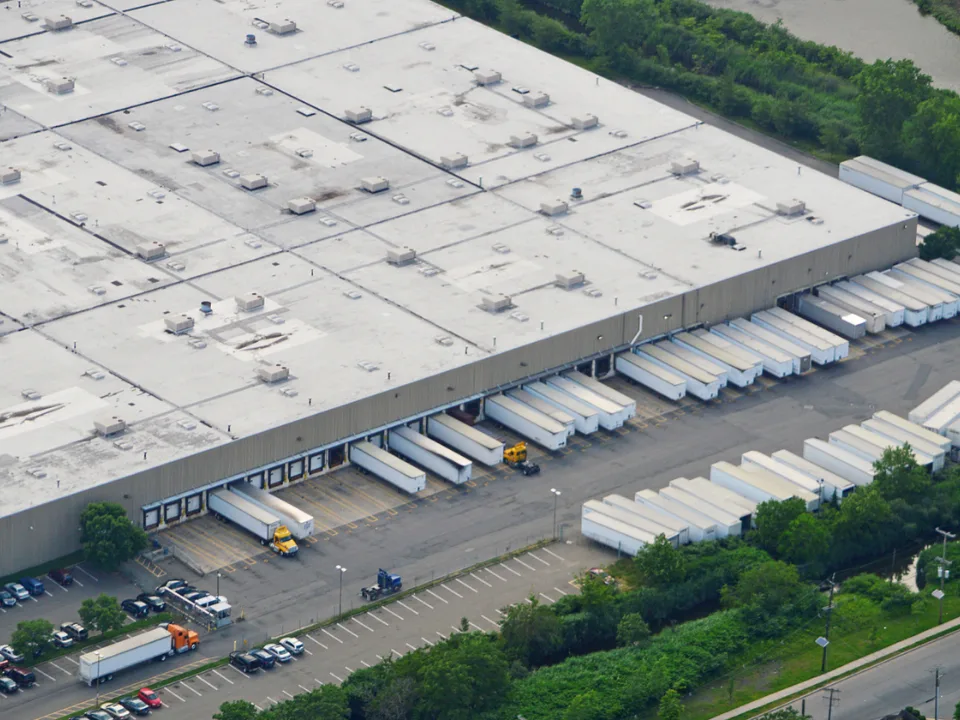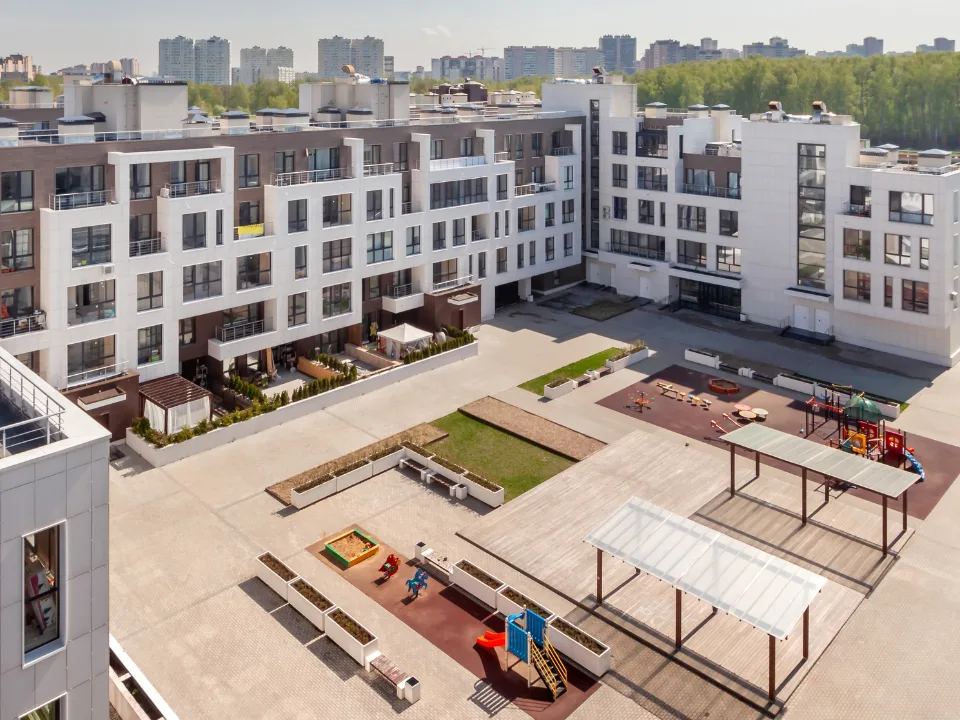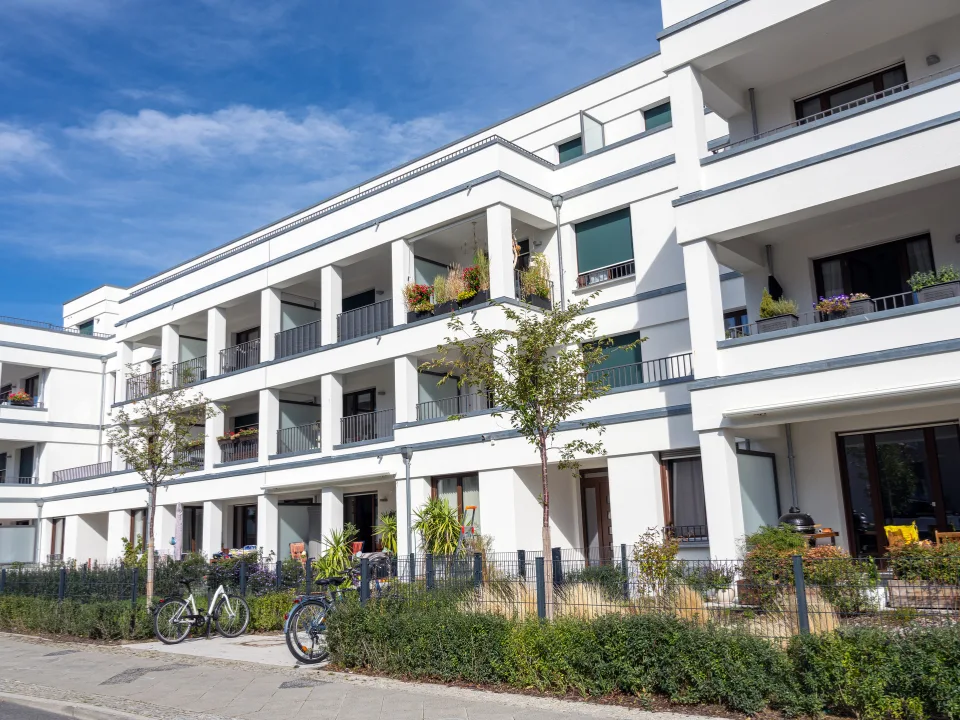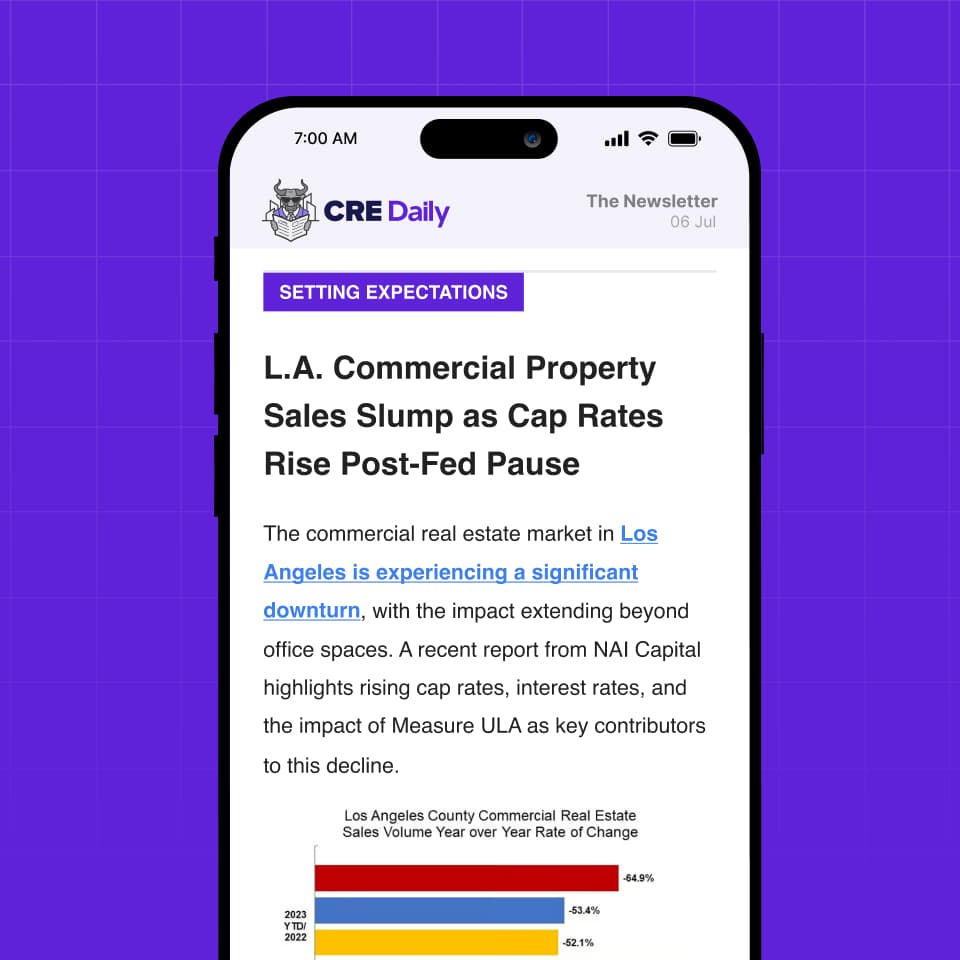- Sales of Los Angeles properties over $5 million fell 50% after the implementation of Measure ULA.
- Building permits for multifamily projects dropped 60% from 2022 to 2024, down to 4,775 units.
- The tax generated $480M from April 2023 to December 2024 — far below the city’s annual projection of $600M–$1.1B.
- Researchers say the tax undermines new housing construction and shrinks the city’s tax base.
- Meanwhile, high-end sales increased in nearby cities outside Los Angeles’s city limits, shifting market activity across borders.
The Policy at a Glance
Measure ULA went into effect in April 2023, imposing:
- A 4% tax on property sales of $5M or more
- A 5.5% tax on sales of $10M or more
According to Bloomberg, these rates apply not only to luxury single-family homes but also to multifamily and commercial buildings exceeding the thresholds. While revenues were earmarked for affordable housing and homelessness programs, the actual outcome has been mixed and, in some areas, counterproductive.
Development Slows, Revenue Lags
Researchers from UCLA and USC warn that the tax is hitting the city’s development pipeline. According to the California Homebuilding Foundation, new permit applications for apartment buildings with five or more units plummeted from 11,786 in 2022 to just 4,775 in 2024.
That slowdown directly impacts housing supply, job creation, and tax revenue. Researchers say that the high-value deals affected by ULA account for a disproportionate share of property tax growth and construction activity despite targeting only a fraction of total transactions.
At the same time, the tax is not delivering its promised funding. Instead of the projected $600M to $1.1B annually, the tax has raised only $480 million over its first 20 months — an annualized rate of about $288M, according to the city’s ULA Dashboard.
Get Smarter about what matters in CRE
Stay ahead of trends in commercial real estate with CRE Daily – the free newsletter delivering everything you need to start your day in just 5-minutes
Ripple Effects and Market Shifts
ULA’s impact has extended beyond the city’s borders. While high-end transactions fell sharply in Los Angeles, they rose in neighboring cities within LA County, suggesting that buyers and developers are shifting deals to avoid the tax.
This trend not only drains activity from LA’s tax base but also raises questions about the long-term viability of the policy if market participants can easily relocate their investments.
Looking Ahead
Though Measure ULA aimed to fund affordable housing solutions, its shortfall in revenue and chilling effect on development could hamper those goals. With fewer high-end transactions and stalled multifamily construction, the city may struggle to address the very housing shortages the tax was meant to fix.
Whether adjustments are made to the policy or if developers and investors continue moving activity elsewhere remains a key issue for LA’s housing market moving forward.















